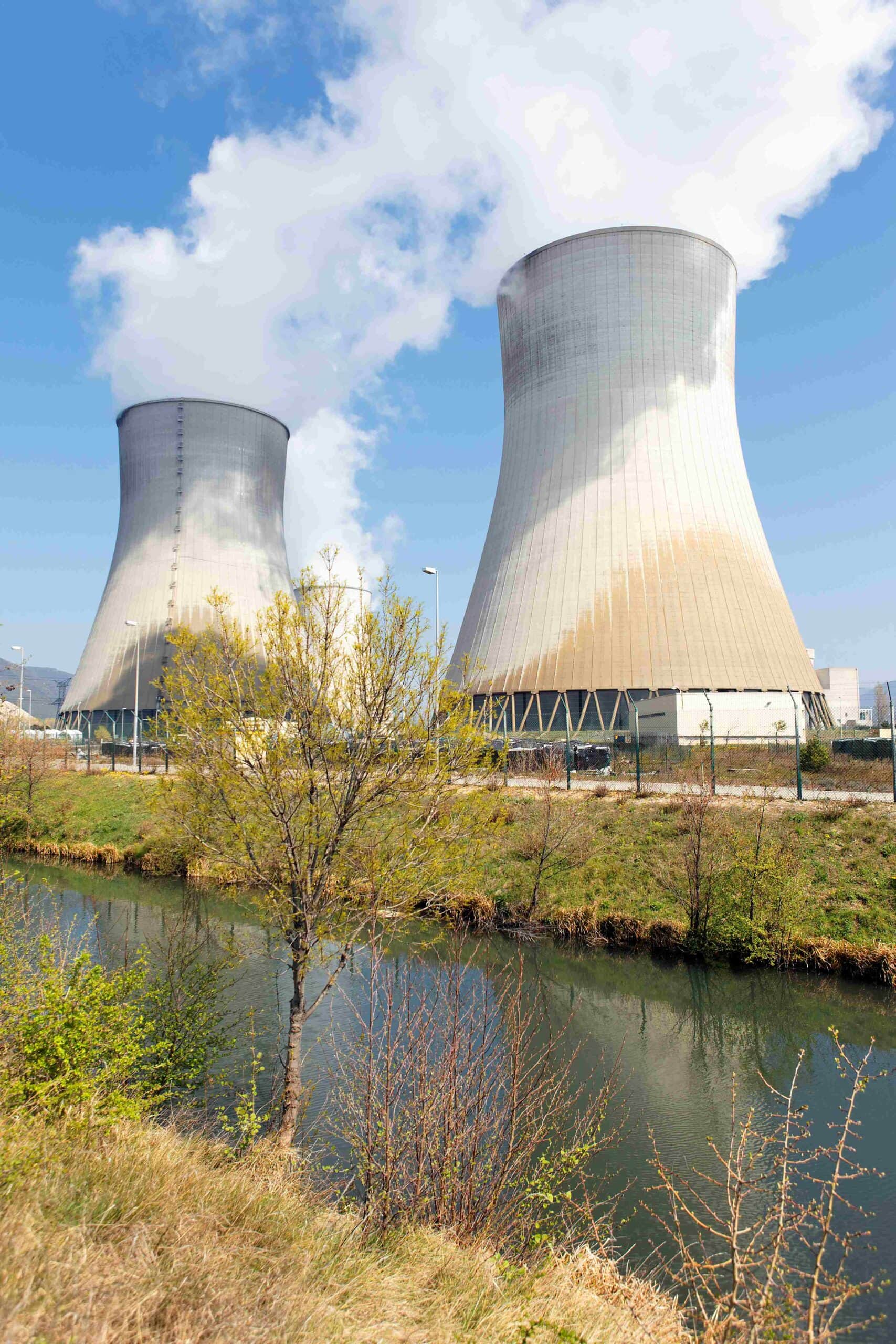A cooling tower serves as a vital cooling device, primarily using evaporative cooling to cool hot water. To maximize water resources, reduce the burden on urban tap water supplies, and cut operating costs, cooling water undergoes treatment in a cooling tower for recycling. The term “fill” refers to the medium employed in cooling towers to increase the available surface area for water, a critical element in the heat exchange process.
Types of Cooling Tower Fills: Choosing the Right Medium for Efficiency
The efficiency of a cooling tower hinges significantly on its fill media, with the choice between splash fill and film fill playing a crucial role in heat transfer.
Splash Fill:
- Comprises horizontal bars or slats where warm water spreads, breaks, and forms small droplets.
- Traditionally made from wood, modern designs favor PVC for enhanced heat transfer efficiency.
- Ideal for industries generating poor-quality or dirty water, as the droplet formation prevents dirt and debris accumulation, maintaining medium efficiency.
Film Fill:
- Consists of closely placed thin PVC sheets with a textured surface, creating a large area for water spreading.
- Facilitates faster cooling by allowing hot recirculated water to form a thin film in contact with air.
- Suitable for cooling clean water; however, debris buildup in the film may reduce efficiency, and wider-fluted options are available for less clean water.
Cooling Tower Fill Function
The primary function of cooling tower fills is to boost heat dissipation, prolong the residence time of cooling water, and increase the heat transfer area. By providing corrugated sheets, cooling tower fills enable water to flow across, creating thin, flowing sheets that expose a maximum surface area for interaction with air. The result is enhanced heat transfer and even water distribution.
What is the Purpose of Fill in a Cooling Tower?
The purpose of fill in a cooling tower extends beyond heat exchange; it aims to cool water effectively, optimize water resource utilization, reduce the strain on urban tap water supplies, and minimize operating costs. Cooling tower fills play a crucial role in achieving these objectives by treating and recycling cooling water.
Cooling Tower Fill Principles of Operation
Cooling tower fills, especially film fills, facilitate the rapid cooling of hot water by creating an extended surface area for interaction with air. As water flows over the film fill, the cooling process occurs, and the cooled water is then circulated to cool other hot water. The warm air exits the fill, continuously cooling air from the bottom and releasing warm air from above, maintaining a consistent cooling process.
Matters Needing Attention When Replacing Cooling Tower Packing
When replacing cooling tower packing, attention should be given to ensuring diagonal staggering between monoliths for good thermal resistance. Cuboidal packing assembly units are suitable for square towers, and any gaps require filling with an appropriate number of single sheets. Regular maintenance is essential to prevent blockages and ensure optimal efficiency.
How to Choose Cooling Tower Fill?
The choice between splash and film fill depends on specific needs. Splash fills are ideal for poor-quality water, breaking it into droplets for efficient cooling. Film fills, with their larger surface area, are more efficient in heat transfer but are susceptible to wear and tear. The choice should consider water quality, temperature, and the specific demands of the cooling tower application.
In conclusion, cooling tower fill media is a critical component in ensuring the efficiency and longevity of cooling towers. Understanding the types, functions, and principles of operation, along with careful consideration when choosing and replacing fill, is essential for maintaining optimal performance and contributing to sustainable water resource management.


